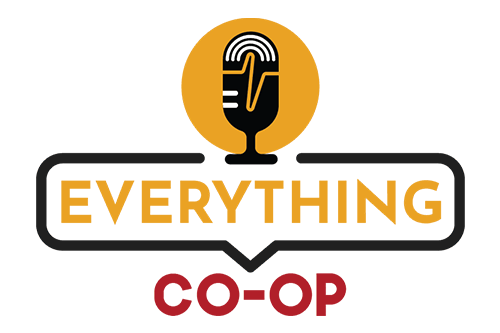
“People build co-ops. Co-ops build jobs, trust, communities, opportunity and hope.” In a new post for the U.S. Department of Agriculture’s blog, Chad Rupe, administrator for Rural Utilities Services, sheds light on how electric cooperatives are transforming their communities by bringing much-needed broadband connectivity to rural America.
Tina Borg knows all too well the challenges of limited internet access.
At home, her family in Barnes County, North Dakota often relied on a cell phone hotspot. However, their ability to access information was frequently constrained by their phone plan’s data limits. Tina routinely had to drive to the next town to access the internet, or she had to rely upon whatever books happened to be available for the four children that she homeschools.
This travel took a toll on her family, and Tina worried that her autistic son was not getting the quality of the education he needs. Fortunately, these challenges have since come to an end.
Tina now has high-speed broadband access at home, thanks to two U.S. Department of Agriculture (USDA) Community Connect grants awarded to the BEK Communications Cooperative, the local telecommunications provider. The grants helped fund the construction of 462.6 miles of fiber throughout Barnes County, including to Tina’s home.
Cooperatives such as BEK play critically important roles in rural areas. They do more than provide employment and services. They are integral parts of the community.
In the small rural community of Millboro, Virginia the BARC Electric Cooperative (BARC) is using a $3 million USDA loan to install and maintain solar energy systems for several of its members. These systems are part of a joint initiative between a BARC subsidiary, Reliable Energy, and the town of Millboro to lower energy costs using solar power. This partnership led to the creation of the Solarize BARC low-interest loan and community solar program. It is being offered to all eligible BARC members who wish to reduce their energy consumption and cost.
Thanks to a cooperative in northeastern Missouri, a family-owned hog farm is at the forefront of agricultural innovation. Spring Lake Pork is using broadband technology to power an electronically customized feeding regimen for pigs. The technology was made possible through a USDA loan and grant to the Ralls County Electric Cooperative. It used USDA funds to provide fiber-to-the-premises to the hog farm and to other businesses and homes in rural northeastern Missouri.
The feeding regimen is part of a data intensive livestock management system that requires a significant broadband internet connection. Now, other local businesses are seizing new opportunities because of the communications power that has been brought to them as a result of the high-speed broadband stemming from USDA’s assistance.
All these successes are due to the cooperative business model. Its key strength is the power of a group of people working together, sharing their talents and experiences, to build a successful business. Each October, USDA and its co-op partners honor and recognize the vital role that cooperatives have historically played and continue to play to bring prosperity to the nation’s rural communities.
People build co-ops. Co-ops build jobs, trust, communities, opportunity and hope.


